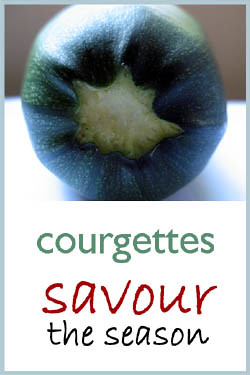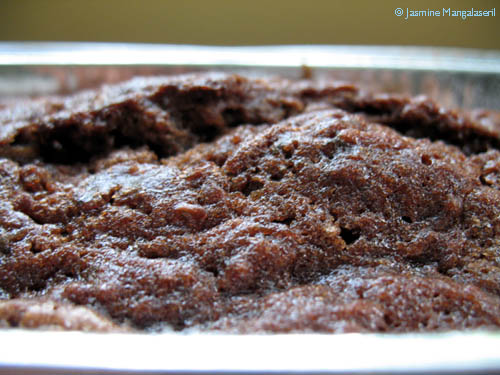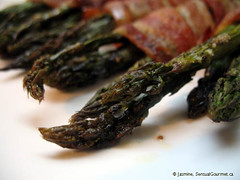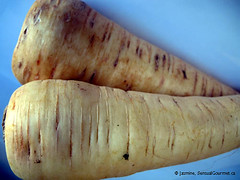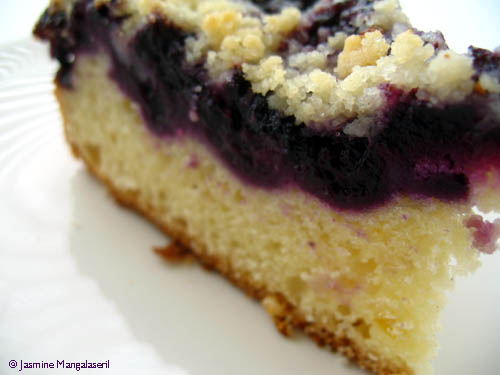 Good gravy, I think I'm getting old.
Good gravy, I think I'm getting old.I could have sworn I posted this recipe in July, but apparently I didn't. Maybe I should be eating whatever it is is that improves memory. Or is it a supplement? Can't remember right now.
I think blueberry lovers have been especially lucky this summer. Pretty much each and every punnet of (local) blueberries I've had this season has been bursting with plump sweetness. Trust me. I've had several punnets make my kitchen a mere passing stop en route to cakes, tarts and simple yoghurty goodness.
I have several buckle recipes within reach, and even though each is different, they all have the same components: cake, fruit and a crumbly topping. How they come together seems to be the question. Some recipes fold the fruit into the batter, some leave the fruit stewing underneath the batter (as with my blueberry-peach buckle), and others, like this one, sandwiches fruit between cake and topping. Which is correct? I don't know and I don't think it really matters, to be honest.
This year's buckle-making adventure seem to fall within what I've just realised is a preoccupation with lemoned baking. The still-failing-to-my-palate lemon-cherry muffins is part of this. There are worse culinary pre-occupations, I suppose...like how to de-scent durian.
Anyway, unlike said muffins, this recipe was almost there in its first iteration and two minor fixes produced this lovely breakfast, tea and midnight snack cake. The crumb is pale, moist and just lemony enough and plays well against the sweetness of in-season berries.
I made it in one of my 20cm/8" high-sided springform--unmolded it's a gorgeous sight for serving at the table. It could be made in a 23cm/9" pan as well, and will probably be done in a shorter time.
 Lemon Blueberry BuckleYield: One 20cm/8" cakeIngredients:For the topping:65g (0.33c) sugar
Lemon Blueberry BuckleYield: One 20cm/8" cakeIngredients:For the topping:65g (0.33c) sugar45g (0.33c) ap flour
40g (3Tbsp) cold butter
for the cake:100g (0.5c) sugar
55g (0.25c) butter
1.5Tbsp flavourless oil
2 eggs
Juice and finely grated zest of one lemon
125ml (0.5c) milk or half-and-half
245g (1.75c) ap flour
1dspn (2tsp) baking powder
0.25tsp salt
280g (1pt/2c) blueberries (fresh or thawed)
Preheat oven to 180C/350F. Butter and paper the bottom of an 20cm/8" high-sided springform pan.
Rub the zest into the sugar, infusing the lemon oils into the sugar. Set aside.
Mix together the juice and milk or cream, let sit.
Sift together the flour and baking powder and set aside.
Start with the topping by rubbing together the sugar, flour and butter so everything is combined, but in varied pebble sizes (from grains of sand to no bigger than a pea). Set aside and get on with the cake batter.
Cream together sugar, butter, and oil. Beat in the eggs one at a time. Mix in the flour and by this point the curdled cream the usual alternating method (flour-cream-flour-cream-flour), scraping down the bowl's sides between each addition.
Pour into prepared pan and level the batter. Tumble the blueberries on top, so they are evenly distributed on the batter. Cover the berries with the topping.
Bake for 60-75 minutes, or until an inserted skewer comes out with cooked cake crumbs clinging (it can be hard to tell as the skewer will have to travel through the stewed berries). The cake will begin to pull away from the sides and the crumble will be a light golden colour.
Allow to cool to room temperature before serving.
cheers!
jasmine
I'm a quill for hire!

